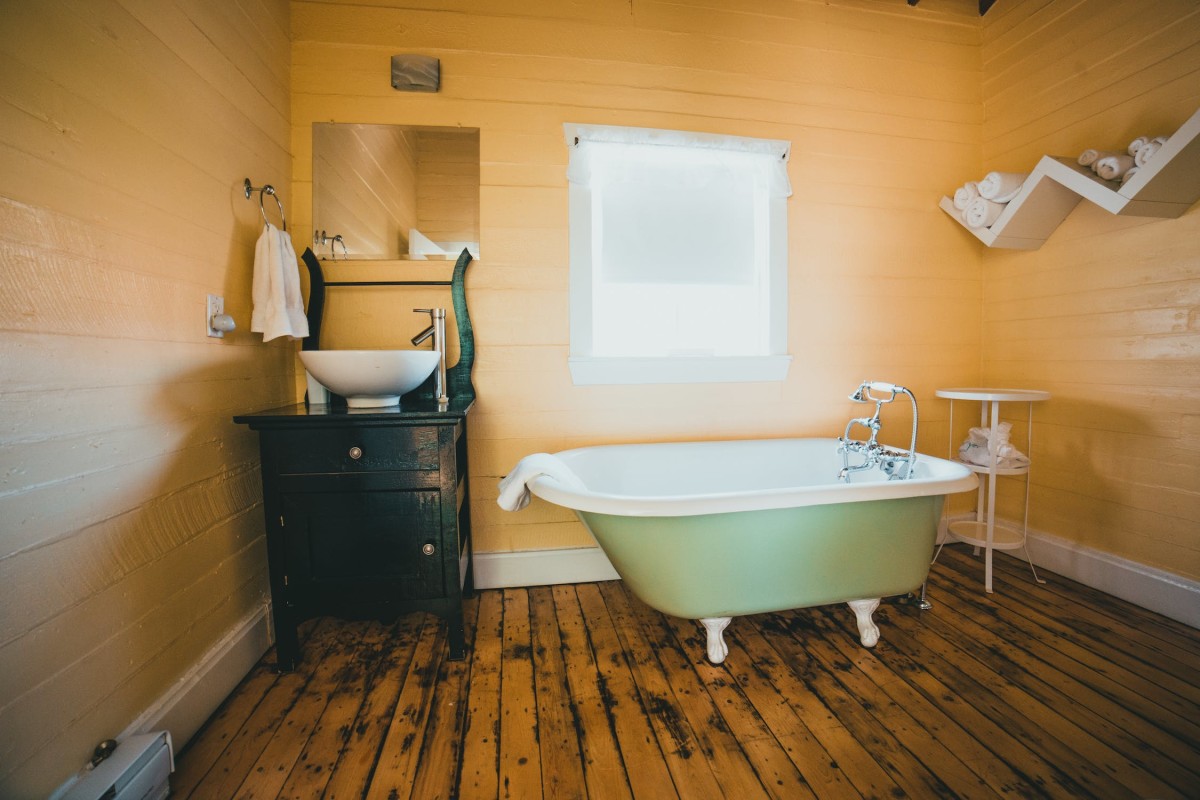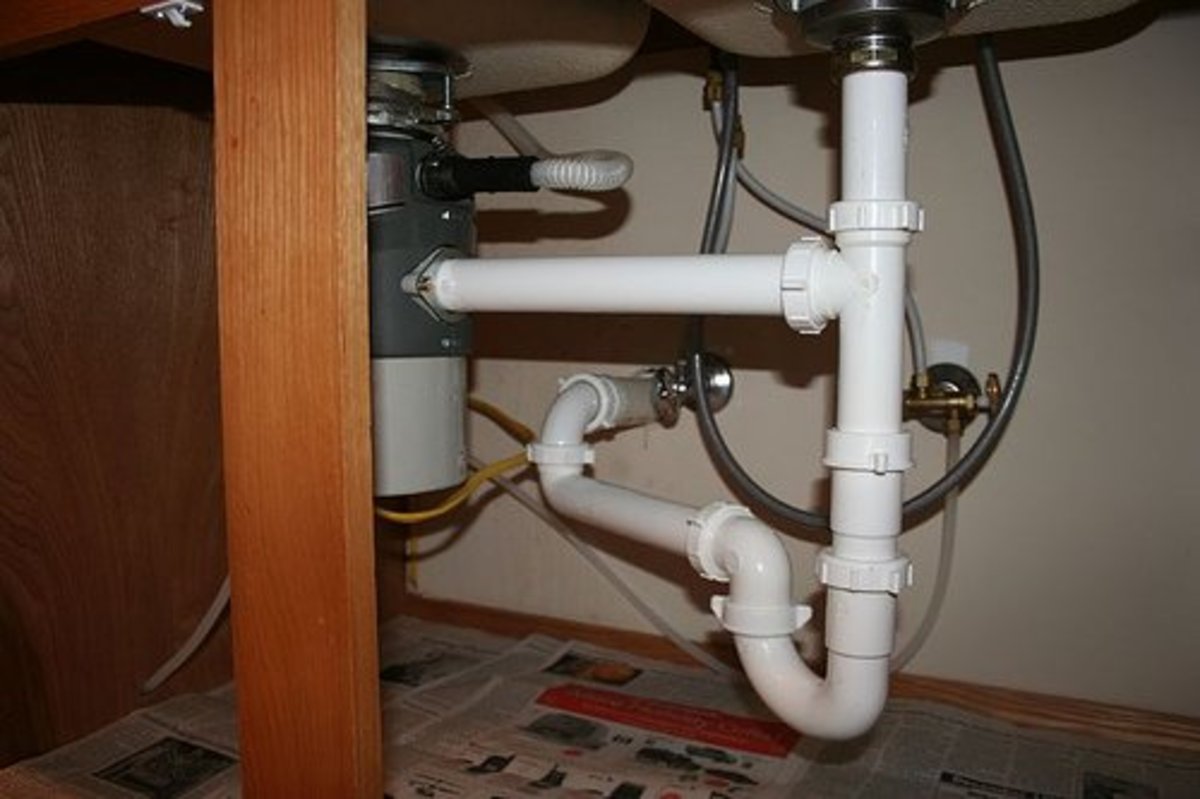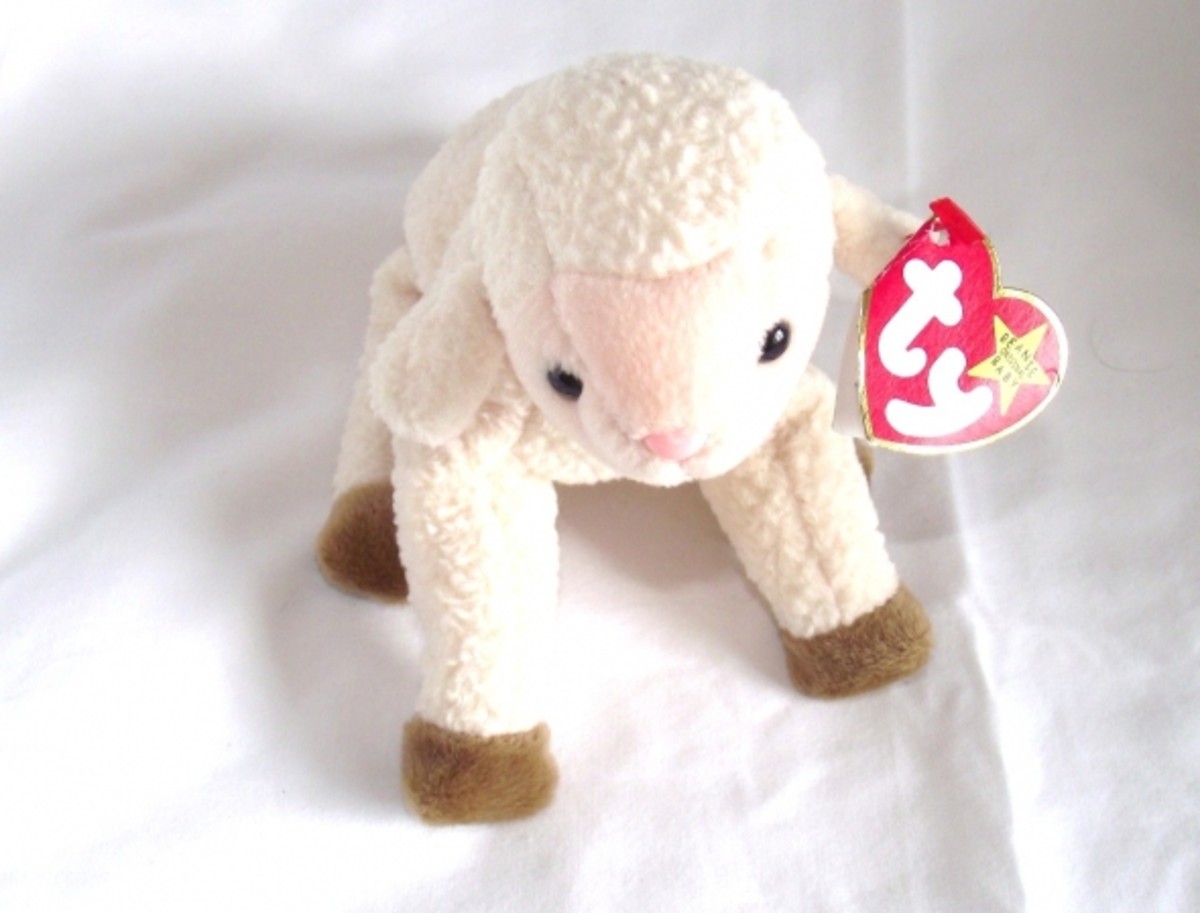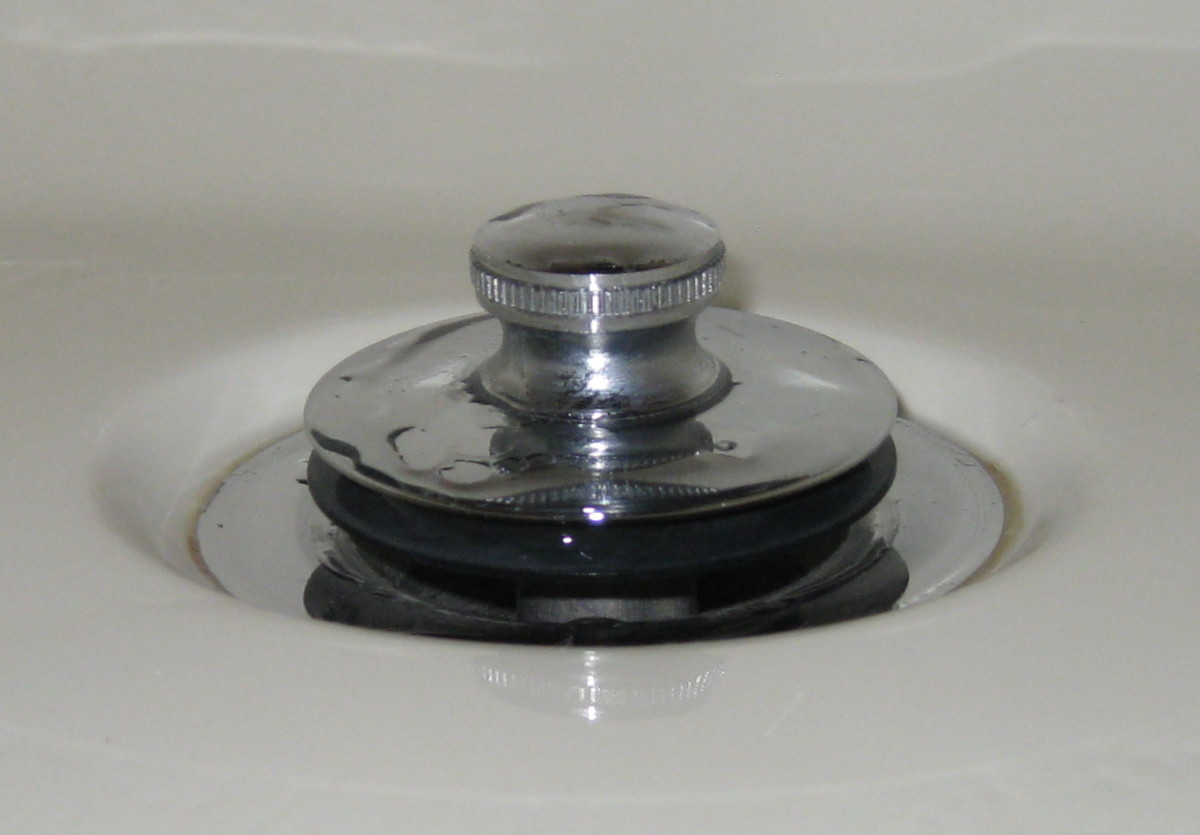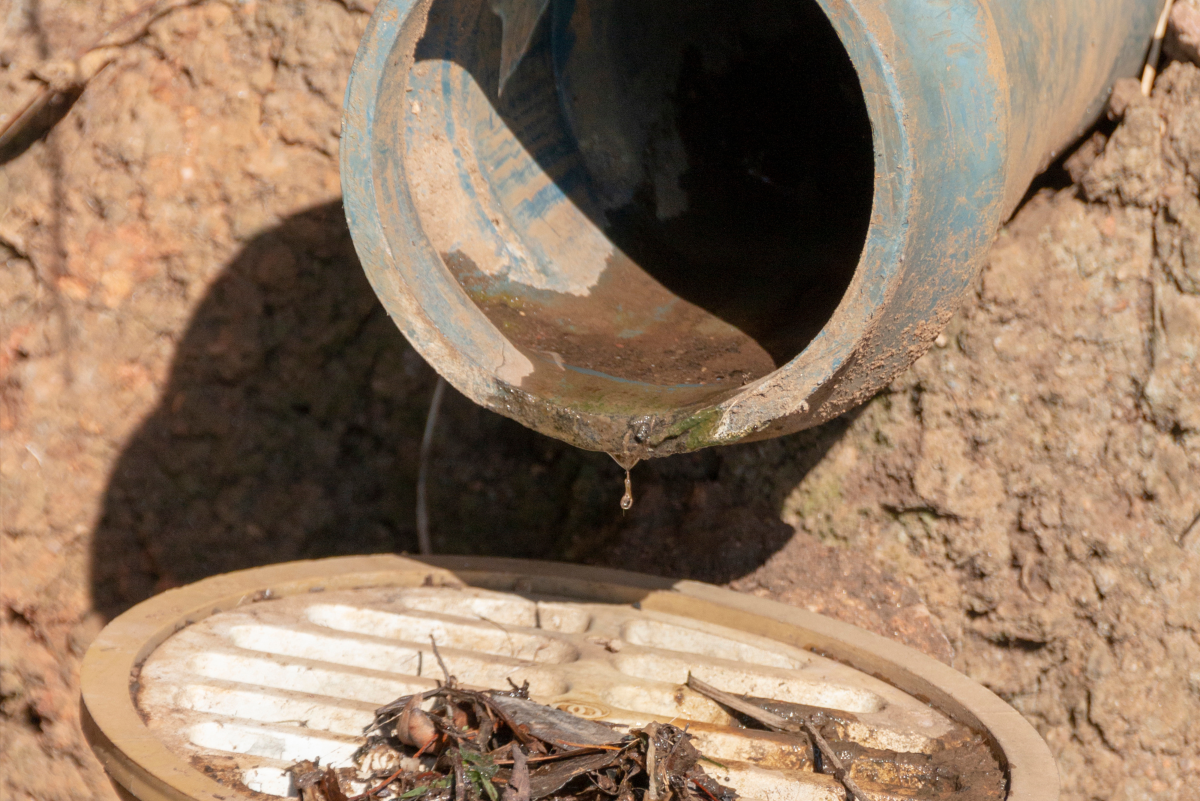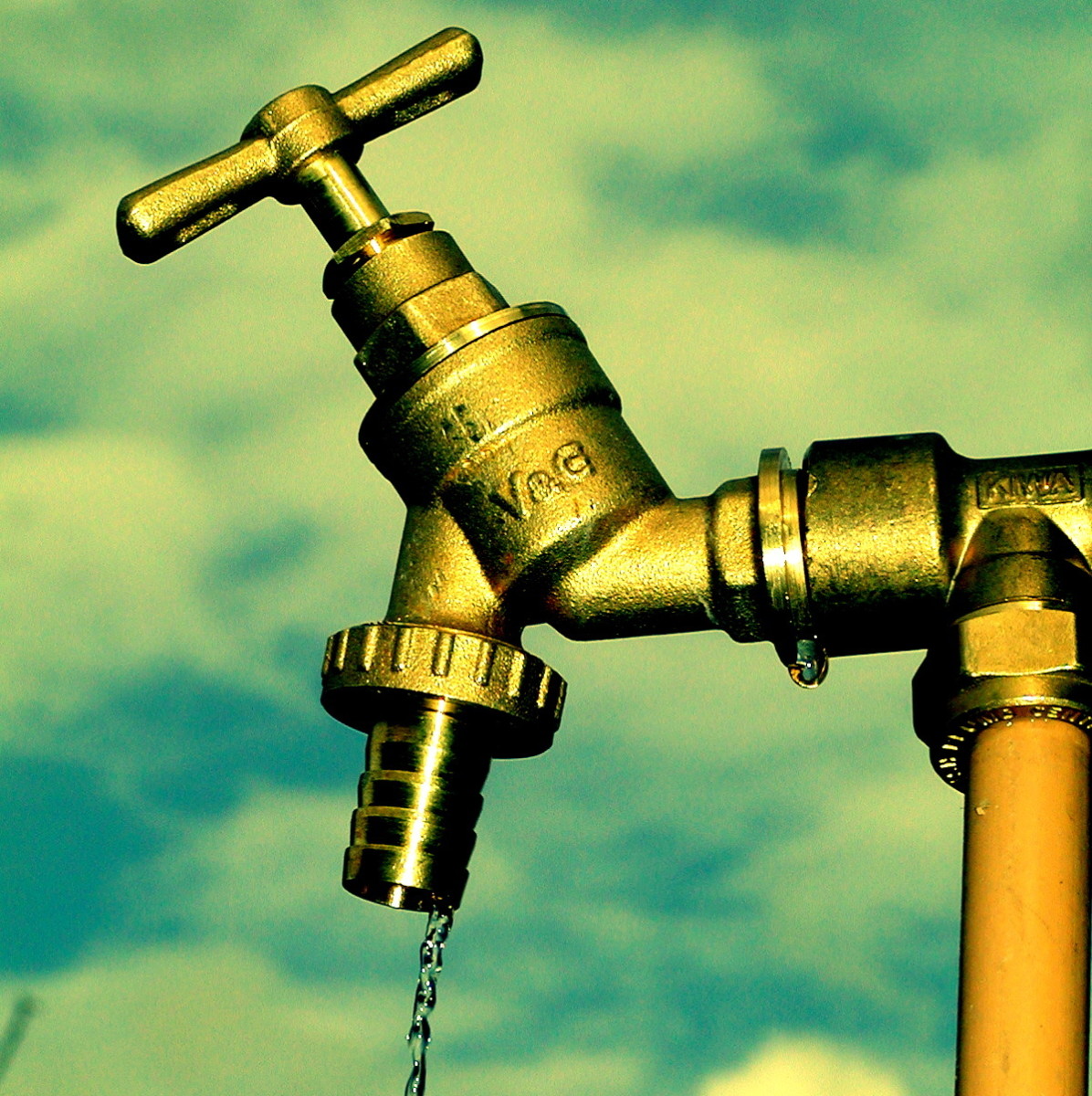How to Take Care of Your Sink and Bathtub
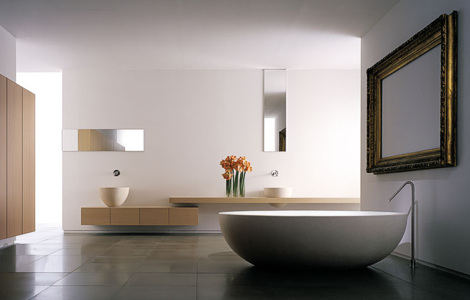
First rule: cleanliness
The most important thing about sinks and bathtubs is that they must be cleaned regularly, and to prevent any kind of littering and damaging of the sanitary engineering.
It is the tiles on the floor that tend to wear out the soonest. They can be cleaned by special cleaning agents that destroy the stains on the floor and desinfect it. Thus, the floor will look neat and nice for a long time. To keep the sanitary equipment in order and functioning, we need to pay attention to the cleaning characteristics of the agents that we use. Also, it is important to avoid using the same desinfecting agent, because some bacteria get used to the same cleaning agent, and thus the agent will lose its efficiency. It is not recommended to mix different cleaning agents because this can weaken their effect.
It is recommened to change the softies for the floor and the walls as often as possible. The same way, sponges and brushes should be changed regularly. Wear rubber gloves to protect your skin, long apron and protective glasses if necessary.
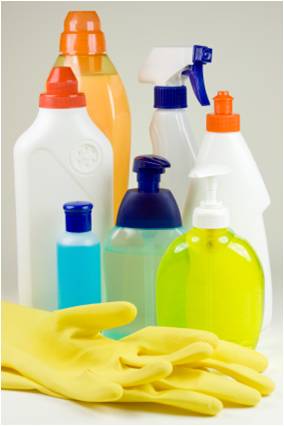
Second rule: the agents to use
Today, there is a multitude of cleaning agents that can be used to care for the sanitary equipment. Most of the cleaning agents contain abrasives and special washing additives that easily deal not only with the rust but also with other sediments. It is important to remember that this kind of agents does not suit for regular cleansing of the enamelled surfaces because they can cause softening and even dissolution of the enamelled surface.
For cleaning of the ceramic and faience surfaces of sinks, bathtubs and toilets there are agents that contain pumice, ground quartz, trisodium phosphate and some active agents. These agents deal with dirt effectively and do not spoil faience and ceramics. For disinfection, there are liquid agents that as a rule contain strong acids. They disinfect sinks and toilets but working with them it is important to be extra-careful and avoid their contact with the skin. They do not have a destructive effect on the ceramics and faience.
However, in contemporary plumbing they use products made of fusions with special coating: nickel, chromed, gilded. Using of the usual cleaning agents makes these materials darken while abrasive agents will scratch the surface of these products. To make these sinks and bathtubs last long, it is important to clean them with special agents that contain soft abrasives, organic solvents, wax, ammonia and other components. On the etiquette of these cleaning agents the producers indicate that they suite the requirements of treatment of the non-ferrous metals.
Special pastes are used as to treat brass, copper, bronze, silver, German silver objects as well as products with nickel and chromed surfaces. A small amount of pasta is applied on a flannel cloth or a piece of wool tissue and with its help the surface is cleaned. After that, the surface is rubbed by a clean tissue. Anodized aluminium may be cleaned with cleaning agents only while brass and copper products are cleaned with solutions of calcined and food soda.
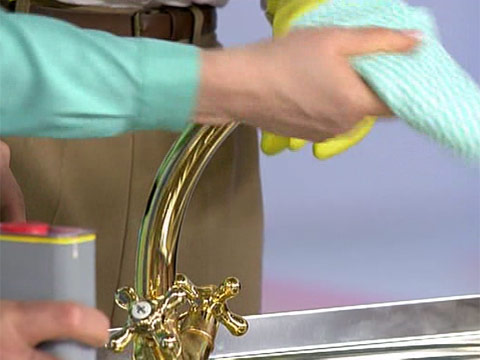
Other ways to clean sanitary utilities
You can wash your bathtub and sink with soap water using a sponge or a brush. You can use warm vinegar with a little bit of salt to clean the sanitary equipment. Then your sink and bathtub will not only become clean but will also shine.
If the bathtub is very dirty, it is recommended to wash it with a mixture of water and a little bit of salmiac and to lubricate your bathtub with it and in 8 to 10 minutes wash the solution away with hot water and soap.
If at some spots of the bathtub there are yellow stains and old soap scurf, they can be removed with a swob dipped in turpentine or the solvent for oil paint. Lubricate the dry surface of the bathtub with a tissue dipped in the solvent, then wash it with water containing washing powder, then rinse the surface with pure warm water.
Copper tap will shine if you rub it with dry tissue with cigarette ashes or just a raw potato.
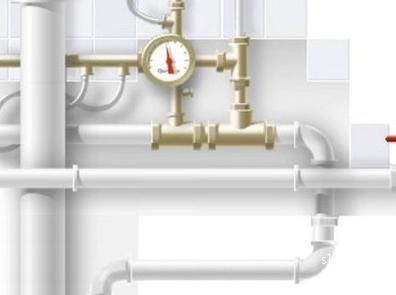
Deep cleaning
You can clean the drainage system by closing the draining hole in the bathtub, the sink and the kitchen sink, then fill the vessels with water up to the edge, then simultaneously open all the plugs and work with a plunger energetically.
It is useful to clean the drain in the toilets with two buckets of hot water. However, it is only acceptable for the sewage but not the sink drainage because the plastic tubes that they install in the kitchens nowadays get deformed by the boiling water. To wash through the sink or the kitchen sink it is enough to turn the tap with a flow of warm water on.
Sometimes water runs very slowly from the tap because of the grease inside. You can then bring the shower close to the tap hole and create a strong flow of hot water that will remove the grease in the plumbing.


